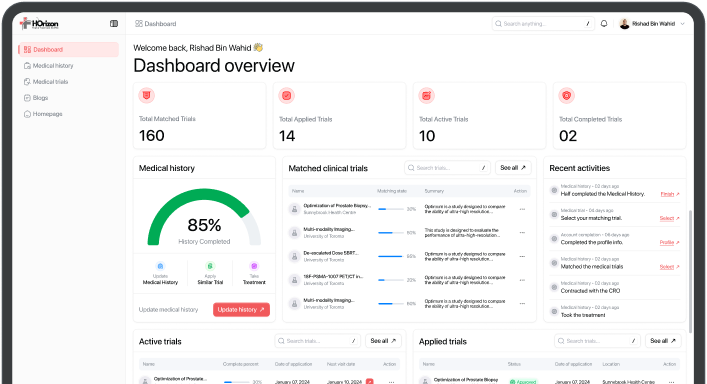
A Study of StrataXRT in the Prevention of Radiation Dermatitis in Breast Cancer Patients
Contact information
Edward LW Chow, MBBS
Odette Cancer Centre, Sunnybrook Health Sciences Centre
Sunnybrook Health Sciences Centre
Basic information
Age
50 Enrollment
Trial Details
Brief Summary
For breast cancer patients undergoing adjuvant radiotherapy, radiation dermatitis (RD) is a common occurrence that can negatively impact patients' quality of life (QOL). RD often presents as erythema, pruritus, and/or edema and in more severe cases, skin breakage can occur, resulting in moist desquamation. StrataXRT is a silicone-based film-forming topical gel. Recent studies have shown the benefits of StrataXRT, but with mixed results. A recent randomized controlled trial published in 2022 found that in breast cancer patients (n=100), the use of StrataXRT significantly reduced the mean size of the radiation-induced dermatitis area (p=0.002) when compared to the control group. Additionally, another study (n=49) demonstrated significant differences in the Erythema Index (EI) (p=0.001) and Melanin Index (MI) (p=0.005) between StrataXRT compared to the use of Xderm, a moisturizer cream. To validate the finding of the previous studies a pilot study testing the efficacy of StrataXRT has been proposed. In this study, 50 patients will use Strata XRT on their breast/chest wall during radiation treatment. Their skin will be assessed throughout and post-treatment. Investigators hypothesize the severity of skin reactions will be less for patients using Strata XRT when compared to historical data from our centre.
Official Title
A Pilot Study of StrataXRT in the Prevention of Radiation Dermatitis in Breast Cancer Patients Undergoing Adjuvant Radiotherapy
Selection Criteria
Eligibility Inclusion Criteria
-
Informed consent
Histological confirmation of breast malignancy (invasive or in situ carcinoma) or phyllodes
Patient are scheduled to receive conventionally - (50 Gy/25) or hypofractionated (40 Gy/15 or 42.6 Gy/16)
Can communicate in English or be aided by a translator
Eligibility Exclusion Criteria
-
Patient had previous radiation therapy to the treatment area
Patient will receive partial breast external beam radiation or brachytherapy
Patients scheduled to receive extreme hypofractionation (26 Gy/ 5)
Patients with active rash, pre-existing dermatitis, or other conditions within the treatment area that may make skin assessment for the study difficult per treating physician discretion.
Patients with known allergy or sensitivity to silicone
Concomitant cytotoxic chemotherapy
Bilateral breast pathology requiring concurrent bilateral breast radiation
